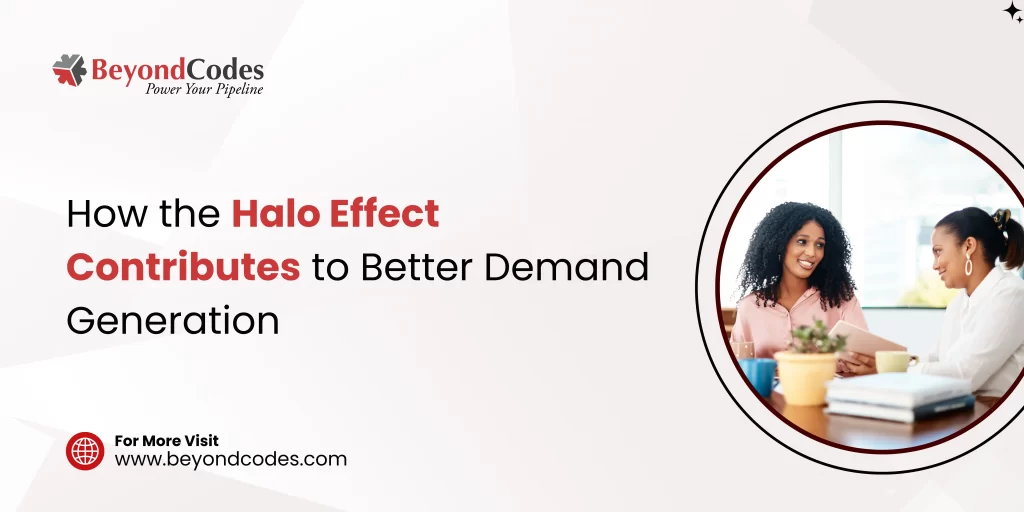The Halo Effect
The Halo Effect, a cognitive bias, refers to the tendency to allow our overall impression of a person, a company, or a product, or service to influence our judgment of their other related traits positively. The Halo Effect can also prevent someone from accepting a person, a product, or a brand based on the idea of an unfounded belief on what is good or bad.
People tend to like a person or product based on their looks and perceive the person or product to be good. If the packaging looks good, the ingredients are perceived to be good. A well-dressed person is perceived to be good as well.
Because of the halo effect, a brand can make a quick gain even on new services/products because of the positive perception of customers. A positive or negative experience can make customers switch loyalty.
The halo effect increases brand loyalty and strengthens the brand image and reputation. Many brand owners use celebrities for brand endorsements to benefit from the halo effect of the brand ambassador.
The halo effect influences brand, service, and product levels. At the brand level, the halo effect influences people’s perception of the organization in general. Similarly, at the product level, the packing and aesthetics can have a halo effect on a buyer’s perception of other attributes of the product. At the service level, the person can present a halo effect by their appearance and communication.
The halo effect cannot be predicted. The effect can vary in different situations.
Demand Generation
Demand Generation is the full scale of B2B Marketing and Sales initiatives that generate interest in a product or service. It is a program to focus on targeted marketing.
Demand Generation goes beyond traditional marketing and SEO strategies to help marketers and salespeople make intelligent decisions for their companies.
Demand Generation is essentially the responsibility of the demand generation specialist of an organization’s marketing department. The head of the marketing department gets to decide on tactics to generate audience interest by employing demand generation strategies. The demand generation process also bridges the gap between sales and marketing teams.
The Halo Effect on Demand Generation
Considering that Demand Generation is a Marketing powerhouse, which builds brand awareness that in turn enhances the traffic and eventually translates into Lead Generation. The Halo Effect is efficiently used by B2B companies to create a sales pipeline.
In B2B Demand Generation and account-based marketing, the halo effect offers a definite advantage. The Halo effect is a well-documented psychological phenomenon. The Halo effect works when the characteristics of a person or an object affect the perception that influences the person’s judgment about the person or the thing. The Demand Generation Marketing Specialist focuses on this area.
Companies create the Halo Effect by capitalizing on their existing strengths. The firm’s visibility increases with the concentration of marketing efforts on high-performing, successful products and services, and reputation and brand equity strengthens.
When searching for a product, you look for a familiar brand on a search engine. The website leads you to purchase the product. You may not be aware, but you have been a target of the demand Generation Process of the Marketing Team. The process has made you a curious customer in the healthy pipeline.
How Does the Halo Effect Work?
The Halo Effect works across different channels. These are:
-
Account based marketing
-
Content marketing
- Adverts
Account-Based Marketing
Account-based Marketing (ABM) is a popular strategy for B2B companies to target larger accounts. Account-based marketing focuses on a method of building personalized campaigns to engage individual accounts on their specific needs and attributes.
Content Marketing
Content is an indispensable part of any marketing system. Content marketing is the preferable strategy to engage the desired audience by sharing content, videos, podcasts, blogs, whitepapers, newsletters, emails, and articles.
Content marketing has a lasting effect on B2B and B2C clients, who tend to stay loyal to the brand for a long time. Most buyers engage in reading descriptions, reviews, captions, and other available information about a brand and its product or services
Paid Adverts
Paid adverts include Google ads and PPC (Pay Per Click); both are preferable marketers. PPC has become more popular and profitable for marketers over some time.
Paid ads produce quick results, and these ads are viral among startups. The advantage is that Paid Adverts can be target-oriented. The reach, response, and results of the Paid Adverts can be measured and analyzed.
Conclusion
Branding is particularly important in B2B segmentation. The brand visibility, image, tone, and awareness influence a decision. The halo effect should be visible in all the diverse ways of demand generation marketing aspect. The halo effect should remain in force to avoid the horn effect that causes negativity in the perception.







